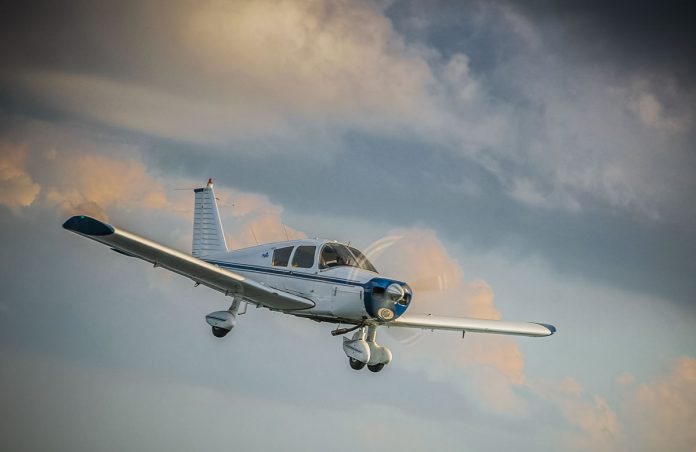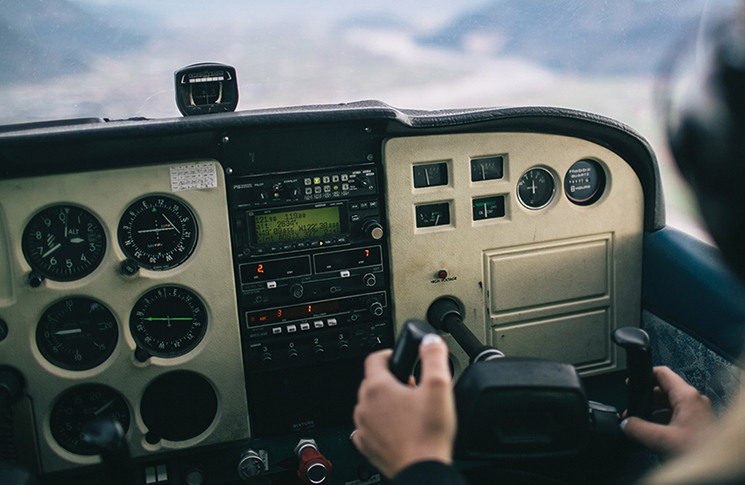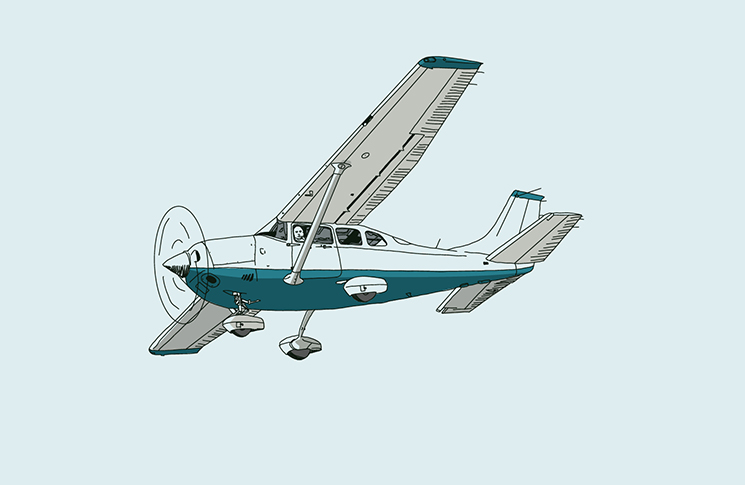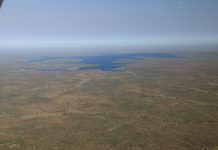Just sitting down to write this still makes my blood run cold. On a day of very marginal weather I went out to Bankstown to do a harbour scenic with two friends. The area forecast had ceilings at 3000 feet, so I thought that since we only needed 1500 we just might be OK. By the time we got to the airfield the base was down to 2000 and a bit. I carefully consulted with two instructors, including one who had just come south down the light aircraft lane. He reported a fairly solid base at 2000 feet. ‘It’s not great, but not bad enough to cancel’ was his assessment.
I thought that we might take-off and have a look from the air. We could always turn back, after all. Another ten minutes or so for taxi and run-up, and we were waiting at the holding point for 11L. We took off. Everything was normal for at least two minutes. Then several things happened in rapid succession. First, I noticed as we turned downwind that our direction indicator (DI) was stuck. It simply didn’t respond at all. In fact it showed something like 050 when we were clearly headed west. Why? Had we lost static air? Had the vacuum pump failed? The other thing I noticed was that we weren’t even going to be able to achieve the correct departure altitude of 1500 without entering cloud. Two big problems.
I knew we’d have to give the harbour a miss that day, but I then made a very bad decision. Instead of requesting an immediate landing (we were still downwind after all), I decided to go to the nearest of Bankstown’s inbound reporting points at Prospect Reservoir, which was about three miles WNW of the BK control zone. We were now forced down to about 1200 feet. The cloud base dropped so dramatically quickly that by the time we got to Prospect we were down to 900 feet and even then flirting with the cloud base. I called the tower who gave us an immediate clearance to enter the zone. Turning east I was greeted with a wall of impenetrable cloud. I descended to stay clear of it, and we were way lower than was safe. The tower then gave us an instruction to execute an orbit due to traffic, something I have not experienced in over thirty years of flying out of Bankstown. I should of course have explained that we had a DI which was cactus, so an orbit would have been difficult. But I just did it. By now I was relying on the Garmin 430 to point us to the field.
I then did the only sensible thing in that short but dramatic flight. I told the tower that we couldn’t see the field at all. They replied that the beacon was on, which wasn’t much help because we couldn’t see that either. I had no real idea of how far from the field we were, so I gave a three-mile call when we were probably five or more miles away. In order to avoid the cloud I actually got as low as 300 feet at one point, a fact that the tower controller calmly remarked on. ‘You’re a bit low there’, he said. Luckily about then I saw Warwick Farm racecourse off our Archer’s right wing, so I could report our actual position. We got a clearance to land just as the runways came into view. They were a welcome sight to be sure.
I still find it hard to believe that I allowed this very dangerous situation to develop to the extent that it did. It taught me several things though. The first is that the go/no go decision is one of the most important any pilot can make. And that decision rests squarely with the PIC, no matter what assurances anyone else might give. The second (and I thought I really knew this already) is that weather is exceedingly dynamic, and can change in front of your eyes in a few minutes. What might be forecast at 0600 won’t necessarily be the case by 0900. What is reported at 0945 won’t even necessarily be accurate by 1000, as we discovered. There are also several aspects of decision making which really will stay with me forever. One is that it is sometimes necessary to make a very quick decision. Had I asked for an immediate landing we would have avoided trouble altogether.
The second was that I failed to communicate to ATC that we had a serious problem. It’s the only time I have experienced a failed DI when in very marginal conditions, and it scared the daylights out of me. I should have told someone. Not only that, but it didn’t occur to me to consult the compass, which was hanging there right in front of me. I can only attribute that to the very real stress of the situation. Finally, it didn’t seem to occur to me to review my decision to go out to Prospect in order to come straight back in. That was probably the worst decision of that memorable 20-minute flight. It took me twice that long to stop shaking once we were on the ground.






Thanks for sharing your story which has some valuable lessons.
I’m reminded of some wisdom imparted to me by a very experienced commercial pilot after I experienced a similar situation: “always maintain a clear horizon.” This has saved me a lot of grief over the years and made decisions about diverting much easier.
Been there. Done that. You didn’t completely screw up or you wouldn’t be telling us about it. Good flying lesson I think.
Thank you for sharing and warning others.
Bad weather decision making is one of the most common mistakes made, which i can relate to as a pilot.
Agree 100% with previous comments.
Thanks for sharing
Peer pressure ( or whatever you like to call it) the hardest thing to ignore. You where the PIC not the others! You where very lucky indeed!